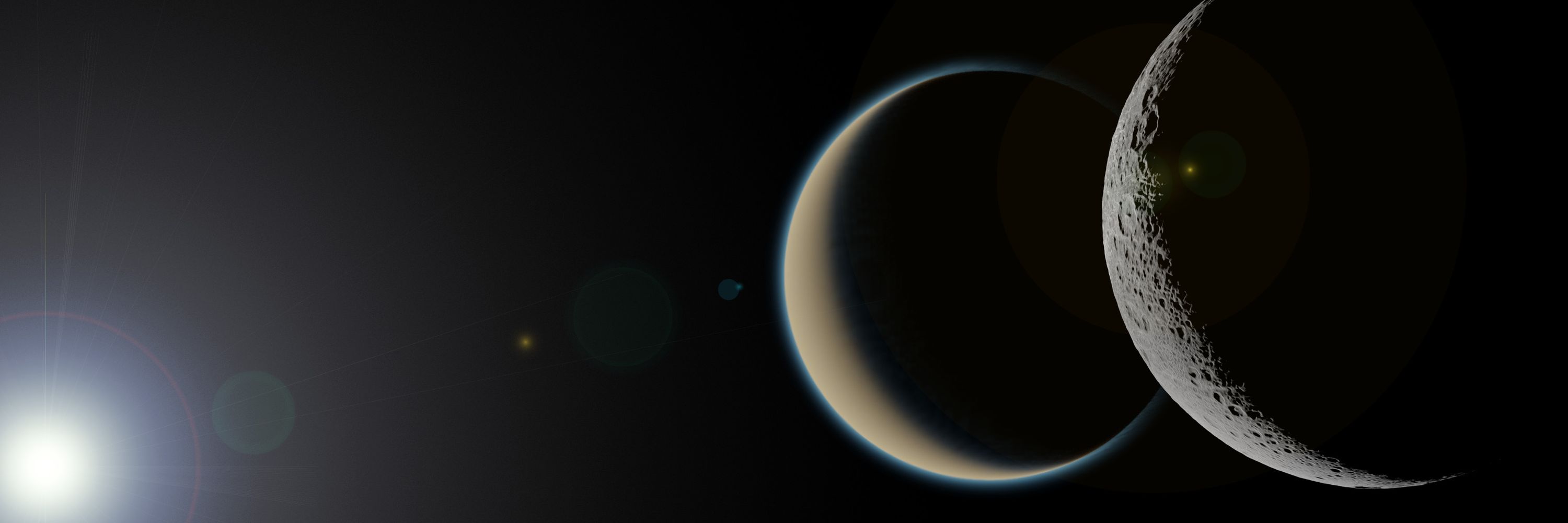
The preprint inspired me to explore what this system might look like to the human eye, it is definitely crazy: bsky.app/profile/aska...
[1/9] of the "art research" thread on TOI-3884 and "red" dwarfs in general.

The preprint inspired me to explore what this system might look like to the human eye, it is definitely crazy: bsky.app/profile/aska...
[9/9]
[9/9]
[8/9]
[8/9]
[7/9]
[7/9]
[6/9]

[6/9]
[5/9]
[5/9]
[4/9]
[4/9]
[3/9]
[3/9]
[2/9]
[2/9]

(Also, I would be very grateful if you could share the original spectrum.)
bsky.app/profile/aska...

(Also, I would be very grateful if you could share the original spectrum.)
bsky.app/profile/aska...
Opitom et al. 2025: arxiv.org/abs/2507.05226
Spectral reconstruction and extrapolation with TrueColorTools:

Opitom et al. 2025: arxiv.org/abs/2507.05226
Spectral reconstruction and extrapolation with TrueColorTools:
I recently reviewed papers on Hot Jupiters and attempted my own interpretation: bsky.app/profile/aska...

I recently reviewed papers on Hot Jupiters and attempted my own interpretation: bsky.app/profile/aska...

